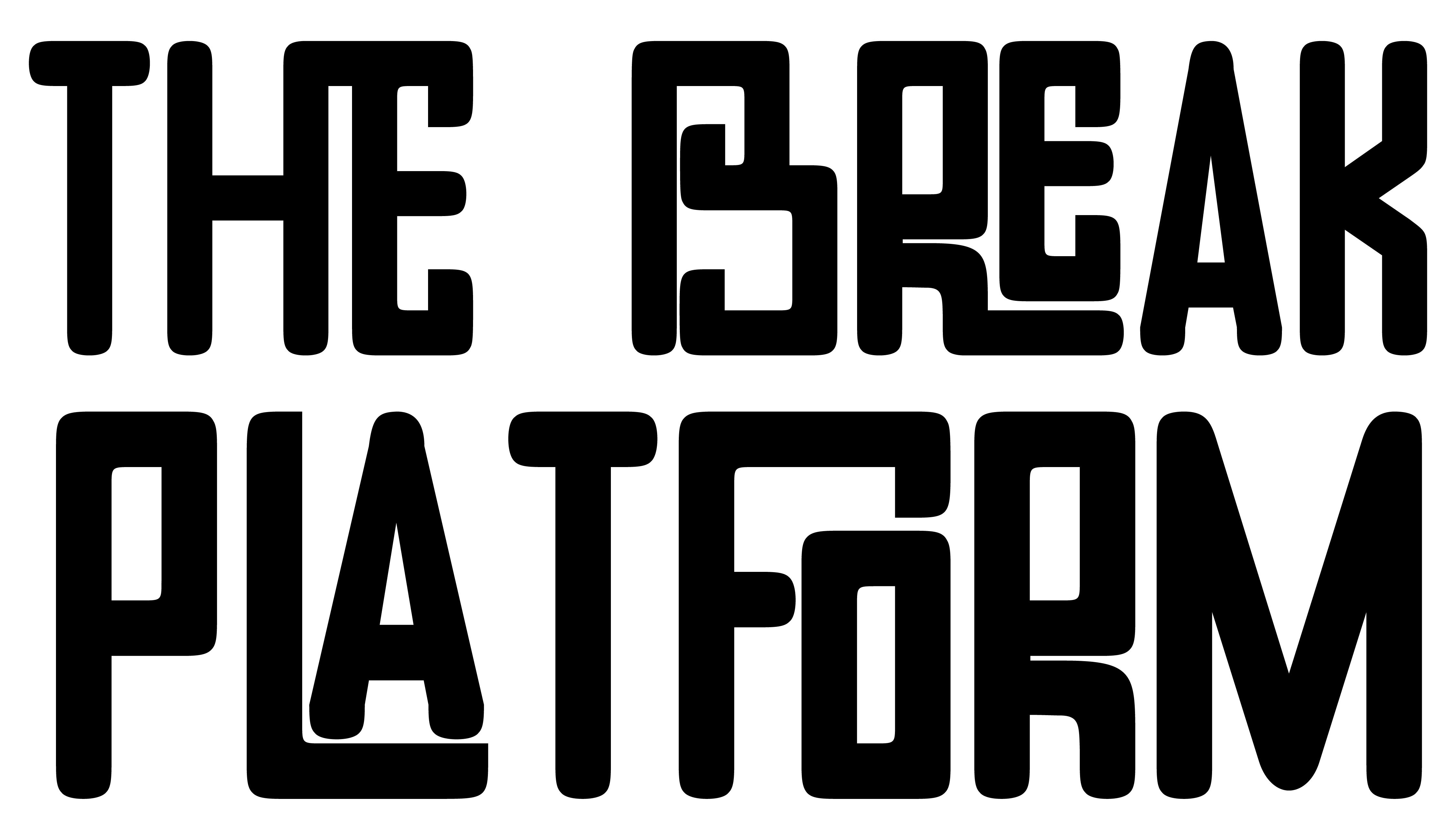How to Master the Pitch: Landing Your First Pre-Seed Investment
The pre-seed stage is the most challenging time for founders. You have an idea, early validation, and maybe a prototype, but you lack the capital to scale. The success of your first major fundraising effort hinges entirely on your pitch deck and your ability to articulate a clear, compelling, and financially sound vision. This guide breaks down the essential components you must master to secure that crucial initial investment.
Section 1: The Pitch Deck's Core Narrative
Your deck is not just a collection of slides; it is a structured story designed to create excitement and address investor skepticism in a specific order. Every slide must answer a fundamental question:
- The Problem: What massive pain point are you solving? Make the investor feel the urgency of the market gap.
- The Solution: Introduce your product or service and explain how it delivers unique value. Keep the product demo brief and focused.
- The Market (TAM): Clearly define the Total Addressable Market. Investors need to see a multi-billion dollar opportunity, even if you start small.
Section 2: Financial Clarity and Valuations
Investors will spend the most time scrutinizing your numbers. Transparency and conservative projections are key to building trust.
Essential Financial Components to Include:
- Unit Economics: Detail your Cost of Customer Acquisition (CAC) and projected Customer Lifetime Value (CLV). A healthy CLV:CAC ratio is non-negotiable.
- Use of Funds: A specific, itemized breakdown of how the pre-seed capital will be deployed (e.g., hiring, product development, marketing spend).
- Traction and Milestones: Clearly show what you have achieved so far and what milestones (e.g., reaching 1,000 users, securing a key partnership) the new funding will help you reach.
Section 3: Handling the Hard Questions
The Q&A session is often more important than the presentation itself. Be prepared to address inevitable challenges head-on:
- The Competitor Challenge: Don't claim to have no competitors. Identify your direct and indirect rivals, and clearly articulate your unique competitive advantage (your 'moat').
- The Team Question: Be ready to defend why your specific team is the most qualified group in the world to execute this vision. Highlight relevant experience, domain expertise, and cultural fit.
- The Valuation Negotiation: Know your valuation range and the data points that support it (e.g., comparable deals, traction). Never anchor too high without justification.
Final Tip: Practice your 10-minute pitch repeatedly. It should feel less like a presentation and more like a focused, confident conversation about the future.


